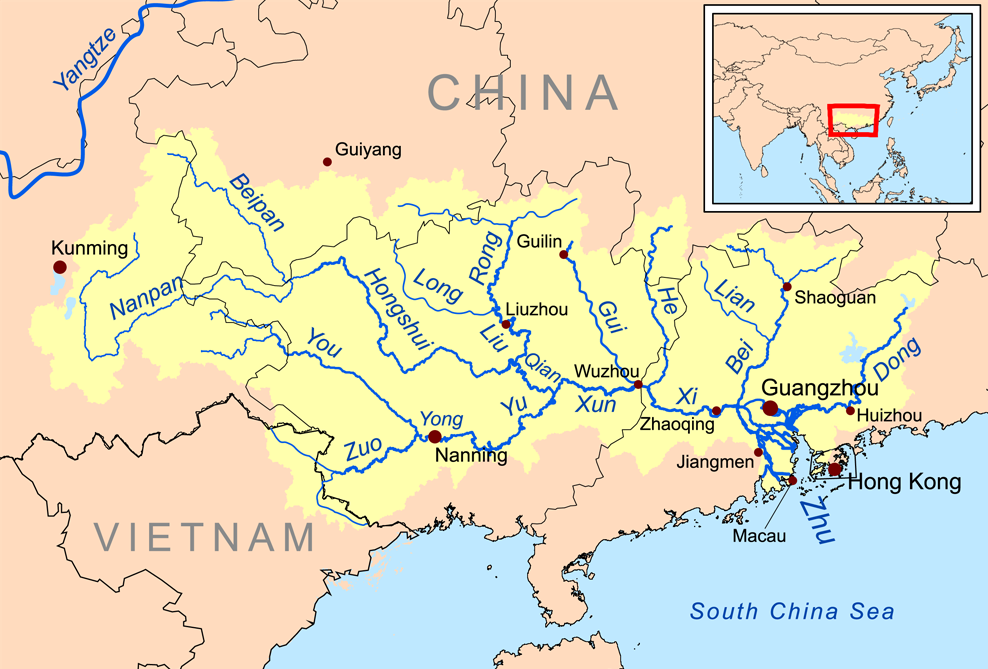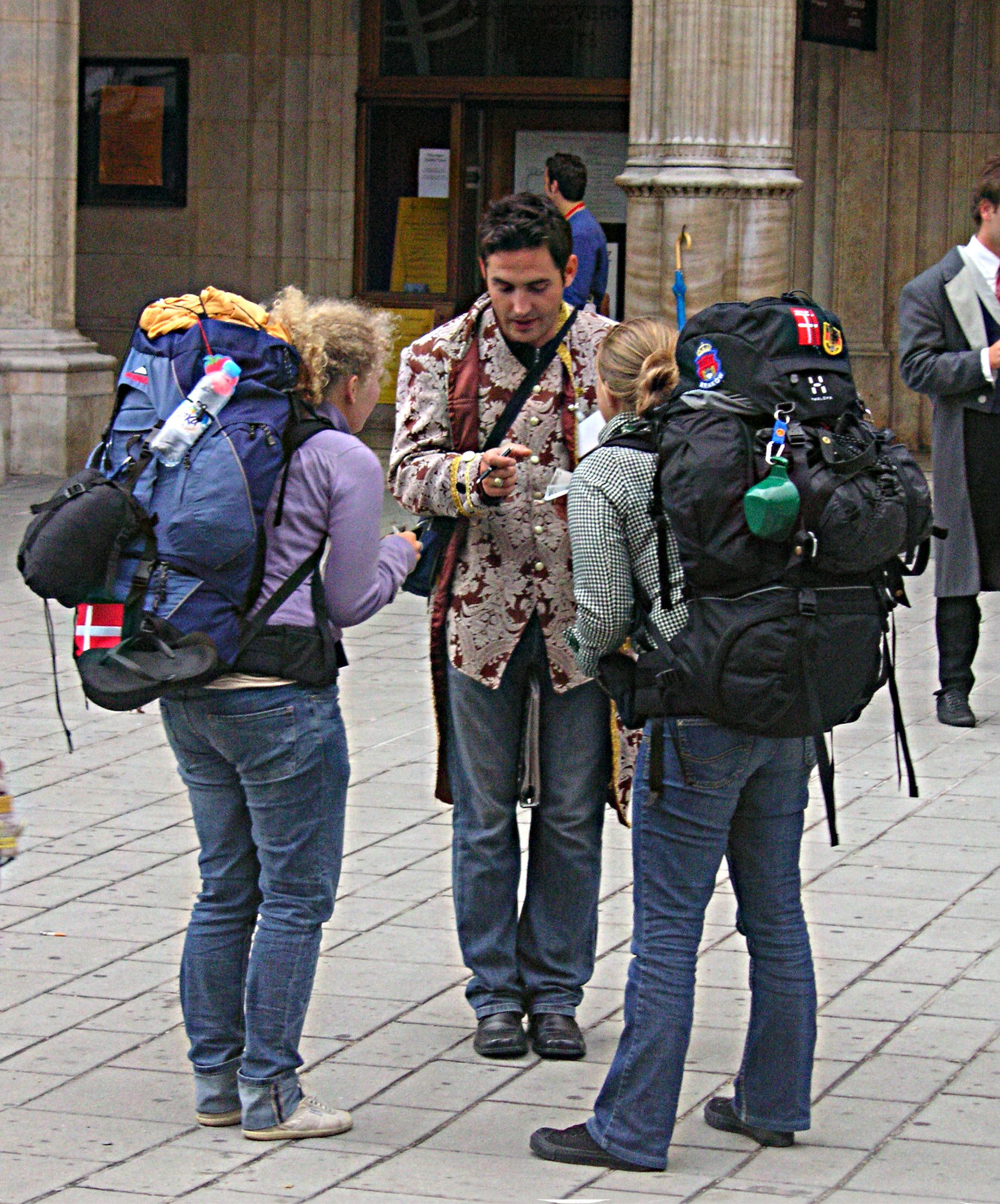|
Sanjiang Dong Autonomous County
Sanjiang Dong Autonomous County (; Standard Zhuang: ) is under the administration of Liuzhou, Guangxi Zhuang Autonomous Region, China. It is a region traditionally inhabited by the Dong people, bordering the prefecture-level divisions of Qiandongnan (Guizhou) to the north, Huaihua (Hunan) to the northeast and Guilin to the west. It has an area of and a population of 297,244. official website of Sanjiang County Government Transportation * *Reach by bus from about 1.5 ...[...More Info...] [...Related Items...] OR: [Wikipedia] [Google] [Baidu] |
County (People's Republic Of China)
Counties ( zh, t=縣, s=县, hp=Xiàn), formally county-level divisions, are found in the third level of the administrative hierarchy in Provinces and Autonomous regions and the second level in municipalities and Hainan, a level that is known as "county level" and also contains autonomous counties, county-level cities, banners, autonomous banners and City districts. There are 1,355 counties in Mainland China out of a total of 2,851 county-level divisions. The term ''xian'' is sometimes translated as "district" or "prefecture" when put in the context of Chinese history. History ''Xian'' have existed since the Warring States period and were set up nationwide by the Qin Dynasty. The number of counties in China proper gradually increased from dynasty to dynasty. As Qin Shi Huang reorganized the counties after his unification, there were about 1,000. Under the Eastern Han Dynasty, the number of counties increased to above 1,000. About 1400 existed when the Sui dynasty abolish ... [...More Info...] [...Related Items...] OR: [Wikipedia] [Google] [Baidu] |
Hunan
Hunan (, ; ) is a landlocked province of the People's Republic of China, part of the South Central China region. Located in the middle reaches of the Yangtze watershed, it borders the province-level divisions of Hubei to the north, Jiangxi to the east, Guangdong and Guangxi to the south, Guizhou to the west and Chongqing to the northwest. Its capital and largest city is Changsha, which also abuts the Xiang River. Hengyang, Zhuzhou, and Yueyang are among its most populous urban cities. With a population of just over 66 million residing in an area of approximately , it is China's 7th most populous province, the fourth most populous among landlocked provinces, the second most populous in South Central China after Guangdong and the most populous province in Central China. It is the largest province in South-Central China and the fourth largest among landlocked provinces and the 10th most extensive province by area. Hunan's nominal GDP was US$ 724 billion (CNY 4.6 trillion) a ... [...More Info...] [...Related Items...] OR: [Wikipedia] [Google] [Baidu] |
Rongshui Miao Autonomous County
Rongshui Miao Autonomous County (; Standard Zhuang: ) is under the administration of Liuzhou, Guangxi Zhuang Autonomous Region, China. The seat of Rongshui County is Rongshui Town. It borders the prefecture-level divisions of Qiandongnan (Guizhou) to the north and Hechi to the west. Rongshui Miao Autonomous County is the only Miao majority county in Guangxi, with 40 percent of the total population representing the Miao nation. Demographics Rongshui County has a total population of 485,120 (2007). More than 70 percent of the population represents various ethnic minorities, such as the Miao, Yao, Dong, Zhuang and others. 40,81% of the total population belong to the Miao minority (2007). official website of Rongshui County ... [...More Info...] [...Related Items...] OR: [Wikipedia] [Google] [Baidu] |
Rong River (Guangxi)
The Rong River () is a river in Guangxi province in China. The river runs through the towns of Sanjiang and Rongshui. Parts of the river valley around the township of Longsheng are inhabited by the Zhuang people The Zhuang (; ; za, Bouxcuengh, italic=yes; ) are a Tai-speaking ethnic group who mostly live in the Guangxi Zhuang Autonomous Region in Southern China. Some also live in the Yunnan, Guangdong, Guizhou, and Hunan provinces. They form one of ... who live in traditional wooden houses on the river. Rivers of Guangxi Tributaries of the Pearl River (China) {{China-river-stub ... [...More Info...] [...Related Items...] OR: [Wikipedia] [Google] [Baidu] |
Happy Avenue
Happy Avenue (sometimes translated as Lucky Road, ) is a Chinese rock band based in Beijing, China, founded in September 1999. Band members Members include Wú Hóngfēi (吴虹飞, vocals), Gěng Fàng (耿放, electric guitar), Lǐ Wéiyán (李维岩, electric guitar), Zhōu Qí (周琦, electric bass guitar), and Tián Kūn (田坤, drum set). Wu originally also played acoustic guitar in the group before deciding early on to focus strictly on vocals. The original bass player, Shèng (胜), was replaced by Jiǎng Róng (蒋荣) in June 2000, and Jiang was eventually replaced by Zhou. Wu Hongfei (surname Wu, b. 1975), Happy Avenue's vocalist and leader, is a graduate of Beijing's prestigious Tsinghua University, with bachelor's degrees in environmental engineering and the editing of scientific books, and an M.A. degree in modern Chinese literature (although she primarily studied Western literature Also the group's only female member, she has the distinction of being China ... [...More Info...] [...Related Items...] OR: [Wikipedia] [Google] [Baidu] |
Chengyang Bridge
The Yongji Bridge of Chengyang (), also called the Chengyang Wind and Rain Bridge (), is a bridge in Sanjiang County, of Guangxi, China. Chengyang Bridge is a special covered bridge or ''lángqiáo'', and one of several ''Fengyu'' bridges in the local Dong Minority region. It was completed in 1912. It is also called the Panlong Bridge (). Properties The bridge is a combination of bridge, corridor, veranda and Chinese pavilion. It has two platforms (one at each end of the bridge), 3 piers, 3 spans, 5 pavilions, 19 verandas, and three floors. The piers are made of stone, the upper structures are mainly wooden, and the roof is covered with tiles. The bridge has wooden handrails on both sides. The bridge has a total length of , and its corridor has a width of . The net height above the river is about . The bridge is located in Chengyang, and serves as the link between two populous villages. Guo Moruo, a famous Chinese author, loved the bridge at first sight and wrote a poem fo ... [...More Info...] [...Related Items...] OR: [Wikipedia] [Google] [Baidu] |
Backpacker Tourism
Backpacking is a form of low-cost, independent travel, which often includes staying in inexpensive lodgings and carrying all necessary possessions in a backpack. Once seen as a marginal form of travel undertaken only through necessity, it has become a mainstream form of tourism. While backpacker tourism is generally a form of youth travel, primarily undertaken by young people during gap years, it is also undertaken by older people during a career break or retirement. Characteristics Backpacker tourism generally, but does not always, include: * Traveling via public transport, using inexpensive lodging such as hostels or homestays, and other methods of lowering costs. * A longer duration trip when compared with conventional vacations. * Working in other countries for short stints, depending on work permit laws. It can also be undertaken by digital nomads, people who work using technology while living a nomadic lifestyle. * A search for authenticity. Backpacking is perceived not ... [...More Info...] [...Related Items...] OR: [Wikipedia] [Google] [Baidu] |
Longsheng Rice Terrace
The Longsheng Rice Terraces ("Dragon's Victory") (), also called the Longji Rice Terraces ("Dragon's Backbone") (), are located in the town of Longji in Longsheng Various Nationalities Autonomous County, about from Guilin, China. The terraced fields are built along the slope winding from the riverside up to the mountain top, between above sea level. A coiling terrace line that starts from the mountain foot up to the mountain top divides the mountain into layers of water in spring, layers of green rice shoots in summer, layers of rice in fall, and layers of frost in winter. The terraced fields were mostly built about 650 years ago. Longji (Dragon's Backbone) Terraced Rice Fields received their name because the rice terraces resemble a dragon's scales, while the summit of the mountain range looks like the backbone of the dragon. In early June, water is pumped over the rice paddies A paddy field is a flooded field of arable land used for growing semiaquatic crops, m ... [...More Info...] [...Related Items...] OR: [Wikipedia] [Google] [Baidu] |
China National Highway 209
China National Highway 209 (G209) runs from Sonid Left Banner, Inner Mongolia to Beihai, Guangxi province. It is 3,435 kilometres in length and runs south from Huhhot towards Shanxi province, Henan province, Hubei province, Hunan province, and ends in Guangxi province. Despite the "National Highway" designation, G209 is not of uniform quality throughout its length.See e.g. the characterization of the China National Highway 318 and China National Highway 209 as "unstable and unsafe" inYichang-Wanzhou Railway (SEIA) (Asian Development Bank, June 2003), p.6 For example, as of 2009, the 20-kilometer section north of Badong is nothing but a very poor dirt road. Nonetheless, even that section is of importance for the national highway system: it is used e.g. by long-distance buses plying the route between Badong and points east. Many parts of the Muyu to Hongping section (in Hubei's Shennongjia Forestry District) are not much better. On the other hand, the section from the Shennong ... [...More Info...] [...Related Items...] OR: [Wikipedia] [Google] [Baidu] |



.jpg)